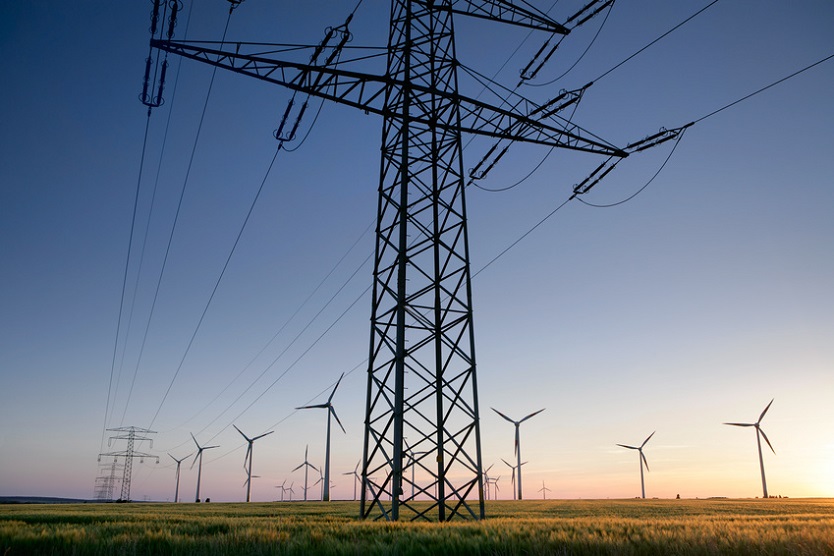
GridSage forecasts the power generation in the distribution grid for the next 36 hours with a resolution of 15 minutes.
© fotolia.com/thomaslerchphoto
As more and more electricity from solar and wind plants flows into Germany’s grids, the transmission operators need greater transparency across their suppliers and networks, but they neither have the technological know-how nor the time to implement this before new grid management legislation “Redispatch 2.0” comes into force in October.
Step forward the Centre for Solar Energy and Hydrogen Research Baden-Württemberg (ZSW): energy experts there have developed a tool that uses artificial intelligence (AI) to precisely forecast the generation of green power for a three day period and calculate the load. The aim is to adjust feed-in from individual power plants to avoid overload and reduce bottlenecks in the grid.
"GridSage forecasts the power generation in the distribution grid for the next 36 hours with a resolution of 15 minutes," explains Dr Jann Binder, project leader from ZSW in a press release. "We update the forecasts for the individual EEG plants and grid nodes every hour and make them available to the grid operator automatically."
The artificial neural networks learn from past data: which plants produce what under which weather conditions. The utilities provider Stadtwerke Schwäbisch Hall in Baden-Württemberg has been using GridSage successfully since October 2020. As a result, their control centre benefits from up-to-date, reliable schedules for the Hall region at any time – which bodes well for grid stability.
But GridSage goes beyond statutory requirements: "In addition to generation, the tool forecasts the load in the distribution grid," says Binder in the release. "In the future, this will become increasingly important. The more electromobility becomes established and heat pumps are installed in houses, the greater the importance of precise forecasts of consumption in distribution grids. In this way, the grids can continue to be operated efficiently in the future and the need for grid expansion can be reduced."


